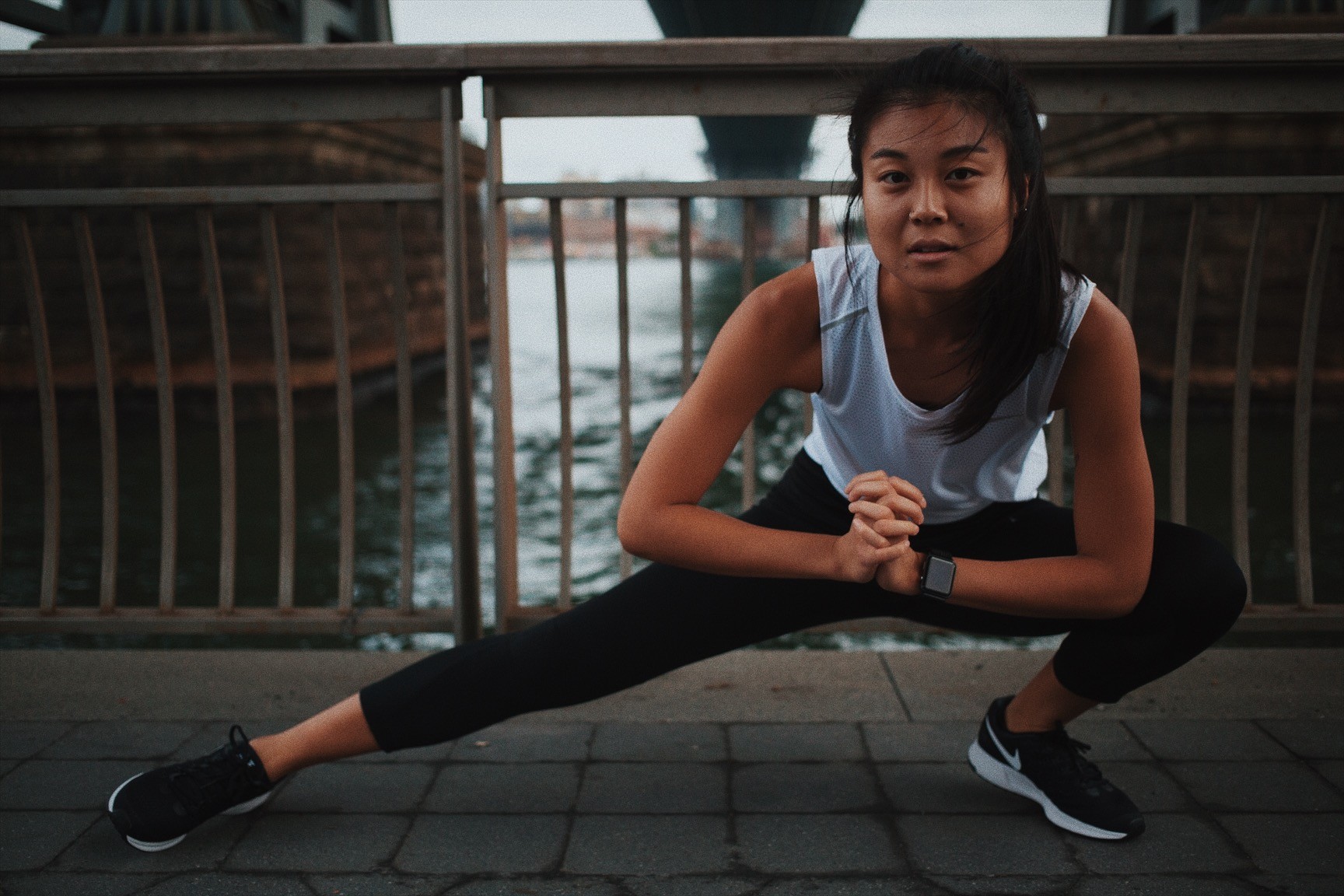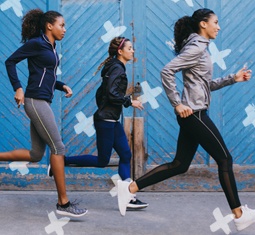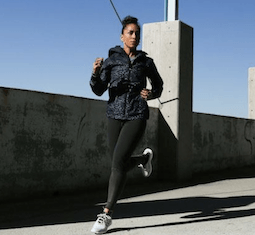Everything We Learned About Recovery From Nike’s New Training Program for Runners
Half were members of its run club, and the other half were selected via an application process, including everyone from elite runners to newbies. Curious to hear what kind of cutting-edge intel they were privy to—and how everyone else could incorporate it into their own fitness routines—I reached out for the scoop. Turns out, improving your race day performance has as much to do with the work you put in when you lace-up your sneakers, as it does when you take them off.
"It’s not just about being able to throw down the miles."
While participants received well-rounded advice and services in a variety of arenas—elite coaching, nutrition advice—there was a special emphasis on recovery services, which Nike partnered with Finish Line Physical Therapy to provide. "Our clinic specializes in working with runners and endurance athletes," says Finish Line PT Community Manager Sara Hunninghake. "Break Through gave us an opportunity to really emphasize recovery options, which is a component a lot of runners neglect."
First, Finish Line offered gait analysis. "Our reasoning was that the sooner you understand how your body moves while you’re running and where your weaknesses are, the more time you'll have to work on them," Hunninghake explains. Runners also received 60-minute massages, sessions using the NormaTec compression sleeve (a recovery tool that increases blood flow to sore muscles), time on the AlterG Anti-Gravity Treadmill, and cryotherapy—all of which were meant to aid in injury prevention as well as in rehab once inevitable injuries occurred.

"Back in August, when people were coming in to us initially, they voiced chronic complaints," says Hunninghake. "We were able to look at what could be the root cause of that complaint and advise them accordingly. Then, over the course of a 16-week training cycle, more overuse types of injuries came into play." Still, she says, their priority was to keep participants in the race.

{{post.sponsorText}}
Prevention, AKA prehab, she says, is key to doing so, but few runners take it seriously enough. "It’s not just about being able to throw down the miles," she says. "It’s about helping your body recover more efficiently so you can continue to train." This, she says, applies to anyone who runs and not just those enrolled in a big race. For instance, many people don't do anything to help their bodies recover after a morning jog. "Then," she cautions, "you go and sit in a chair all day."
"Establishing those good habits and behaviors now isn't just beneficial for this one race, it’s beneficial for everything on down the road."
The best way to address that issue, Hunninhake says? Use a foam roller, consistently, every single day. "I think most people have a love/hate relationship with a foam roller—they know it’s good for them, but it really hurts," she says. But, she says, it's worth it. Foam rolling—specifically on the quads, glutes, and calves—will increase circulation, improve range of motion, and offer many of the benefits of a deep tissue massage.
As additional preventive measures that'll add longevity to your running practice, Hunninghake recommends the use of VooDoo floss bands to create compression wraps and dynamic stretching. "Establishing those good habits and behaviors now isn't just beneficial for this one race, it’s beneficial for everything on down the road. We want to be doing this for a long time." Being in it for the long haul is what marathons are all about, right?
More pro running advice: Check out these four critical recovery tips. Also, if you missed marathon sign-up, worry not—you can still join Well+Good's running challenge.
More from the United States of Running
Loading More Posts...


